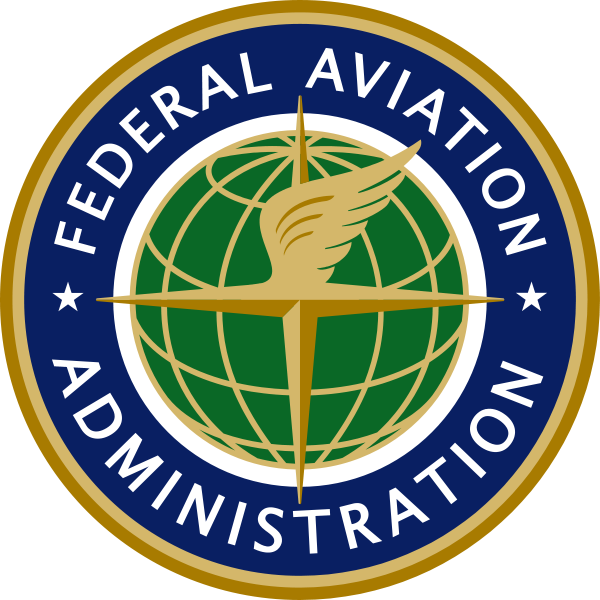As we recently discussed, FAA is taking steps to regulate and allow private drones in the US aerial space. Federal Aviation Administration FAA have now selected 6 sites, out of 25 applicants, for the testing and development of drones and the establishment of a regulatory framework that will allow drones to fly for commercial purposes in the US sky, with a focus on safety.

And the winners are….
• The University of Alaska, which has a diverse climate and a variety of test sites, including in Hawaii and Oregon. The university plans to work on state monitoring, navigation and safety standards.
• The state of Nevada, which plans to study standards for operators and certification requirements. The state will also study how air-traffic control procedures will evolve to handle drones.
• New York’s Griffiss International Airport near Utica, which plans to research how drones and passenger aircraft will sense and avoid each other, to prevent collisions, particularly in the congested Northeast airspace.
• North Dakota Department of Commerce, which plans to develop airworthiness data and validate the reliability of links between pilots and unmanned aircraft.
• Texas A&M University in Corpus Christi, which plans to develop safety systems for drones.
• Virginia Polytechnic Institute and State University, which has test locations in Virginia and New Jersey, plans to test failure modes and technical risks for drones, to ensure they land safely if they lose their connection with a pilot.
“These test sites will give us valuable information about how best to ensure the safe introduction of this advanced technology into our nation’s skies,” Transportation Secretary Anthony Foxx said.
Source: USA Today
Related posts
- Raphael Pirker and the FAA commercial flying ban
- FAA takes steps to regulate and allow private drones in the US aerial space
- Trappy and the FAA fine for flying over the University of Virginia
- FBI and FAA investigate personal quadcopter drone that came within 200 feet of a commercial jet over New York City
